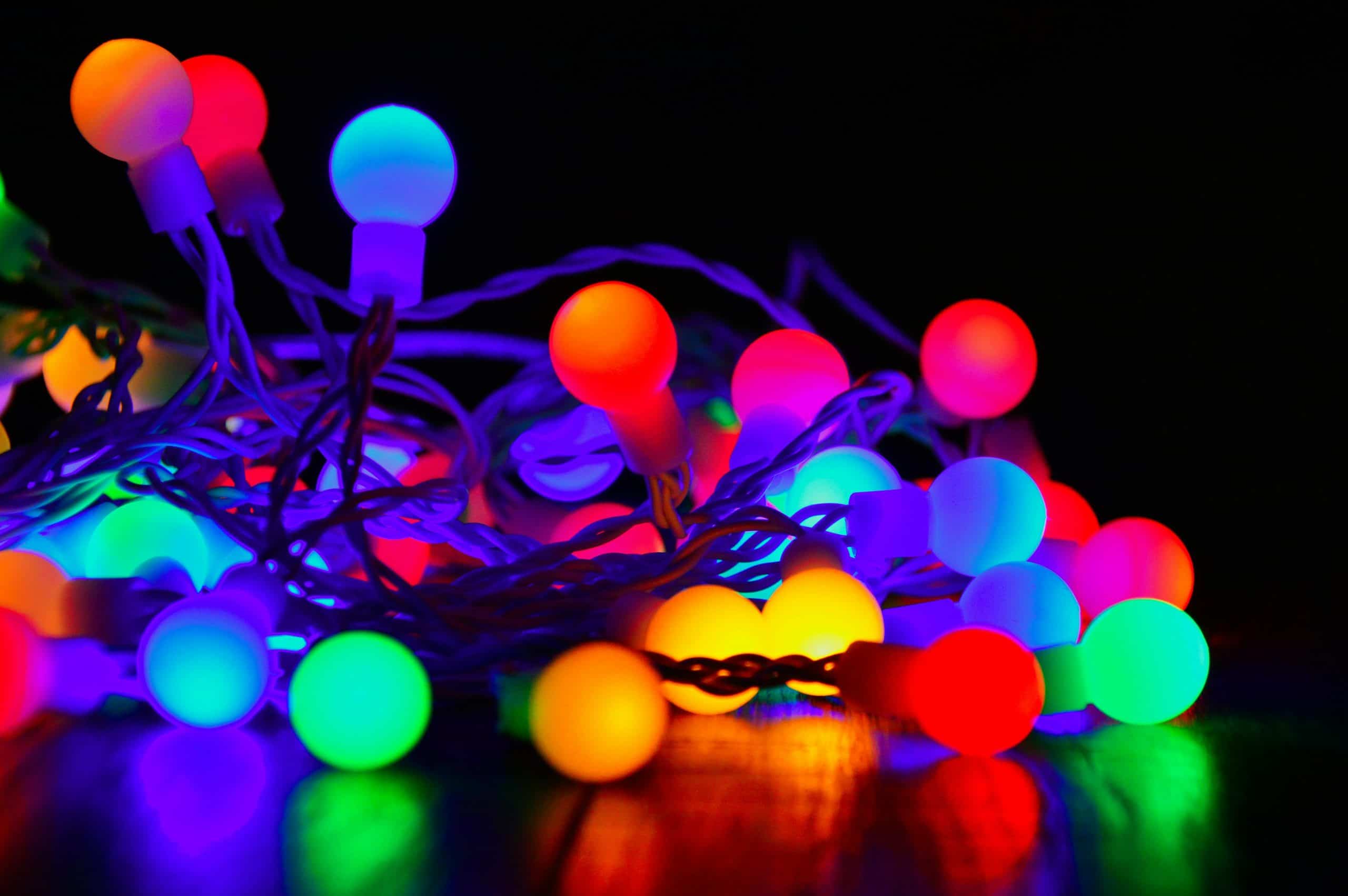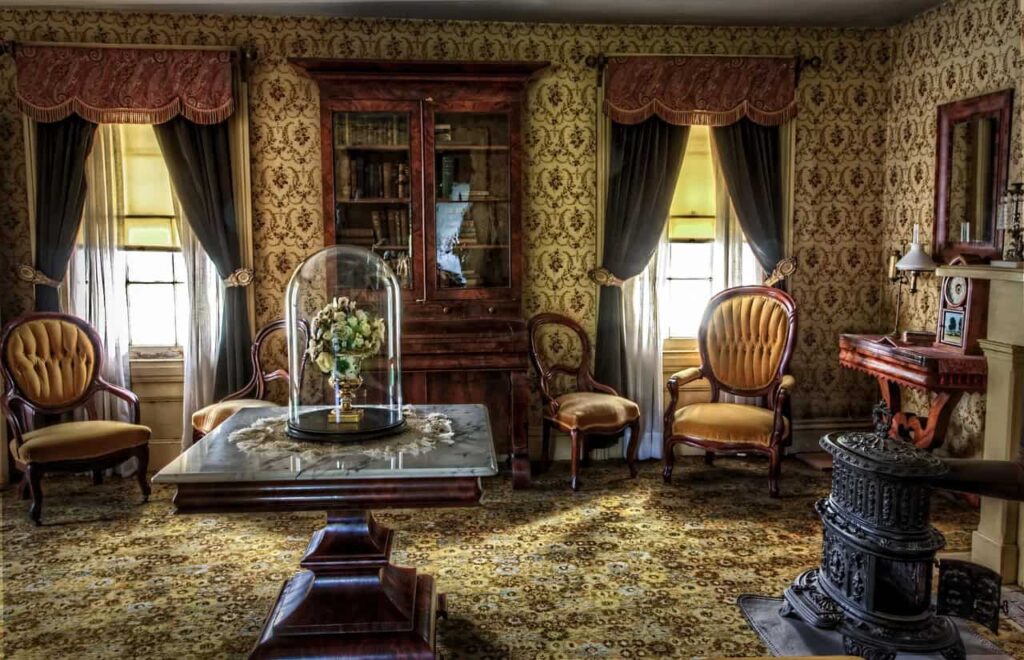Designs Decisions That Backfire: 6 Expert Warnings Every Home Seller Should Hear
Selling your home shouldn’t feel like playing Russian roulette with your bank account, but some homeowners are doing exactly that. They’re making designs decisions that seem brilliant in their heads but turn into buyer repellent faster than you can say “price reduction.”
Real estate professionals have seen it all—from purple kitchens that make potential buyers flee to “unique” architectural features that scream “money pit” to anyone with half a brain. The truth is, your personal designs decisions might be sabotaging your sale before the first buyer even walks through the door.
Let’s dive into the designs decisions that could cost you serious cash and leave your home sitting on the market longer than last week’s leftovers.
Bold Color Schemes That Scream “Run Away”
Nothing says “this house needs work” quite like walking into a living room painted electric lime green or a kitchen drowning in hot pink cabinets. Sure, you might love that vibrant orange accent wall, but buyers are already calculating how much it’ll cost to repaint everything back to something remotely normal.
Bold color choices force buyers to work overtime with their imagination, and frankly, most people don’t want homework when they’re house hunting. They want to envision their stuff in your space, not figure out how to live with your rainbow explosion.
Neutral colors aren’t boring—they’re strategic. They let buyers focus on the bones of your home instead of getting distracted by your questionable relationship with the color wheel. Save the personality for your next place, not the one you’re trying to sell.
Overly Personalized Spaces That Make Zero Sense

Your home office converted from a bedroom? Fine. Your dining room turned into a gaming cave complete with neon lighting? Now we’re in problematic territory. Buyers want to see traditional room functions, not try to decode what the heck you were thinking with that weird layout.
When you strip a home of its logical flow and purpose, you’re asking buyers to play architectural detective. Most people shopping for houses don’t want to solve puzzles—they want to picture where their dining table goes and move on with their lives.
The more creative you got with unconventional room usage, the more work buyers assume they’ll need to do to make the space functional again. And nobody wants to buy a fixer-upper when they thought they were getting a move-in ready home.
High-Maintenance Features That Trigger Buyer Anxiety
That gorgeous white marble countertop that stains if you look at it wrong? Those beautiful hardwood floors that show every speck of dust? The fancy light fixtures that require a degree in electrical engineering to change a bulb? Yeah, buyers see dollar signs—and not in a good way.
Buyers are smart enough to spot maintenance nightmares from a mile away. They’re already mentally calculating how much time and money they’ll spend babying your high-maintenance designs decisions. It’s like trying to sell someone a sports car by emphasizing how often it breaks down.
Features that require special cleaning products, professional maintenance, or constant attention make buyers nervous. They want beautiful spaces that won’t own their weekends or drain their bank accounts with upkeep costs.
Outdated Design Trends That Show Your Age

Remember when everyone was obsessed with granite countertops and cherry cabinets? Or when carpet in bathrooms seemed like a good idea? Design trends age about as well as milk left in the sun, and clinging to yesterday’s favorites can make your home feel like a time capsule nobody wants to visit.
Buyers can smell an outdated home from the curb, and once they’re inside, they’re already planning renovations instead of admiring your space. Those design choices that felt so current five years ago now scream “this house needs updating” louder than a toddler having a meltdown.
Staying current doesn’t mean chasing every Pinterest trend, but it does mean recognizing when your design choices have crossed from classic into ancient history. Sometimes the kindest thing you can do for your sale is admit that shag carpeting has run its course.
Niche Architectural Features That Serve Nobody
Built-in fish tanks, sunken living rooms, conversation pits, indoor hot tubs—these seemed like great ideas until you realized you’re the only person on Earth who actually uses them. What felt unique and special to you reads as “expensive problem” to everyone else.
Buyers want homes that work for normal human activities, not spaces designed for very specific (and weird) lifestyle choices. That custom wine cellar you never use? It’s just a room that can’t be easily repurposed. The indoor fountain that sounded so zen? It’s a maintenance headache waiting to happen.
The more specialized your home’s features, the smaller your buyer pool becomes. You’re essentially asking someone to fall in love with your very particular vision instead of selling them a house they can make their own.
Designs Decisions That Scream “DIY Disaster”
We get it—you watched some home improvement shows and thought “how hard can it be?” But buyers can spot amateur hour from across the room, and nothing kills a sale faster than obvious DIY mistakes trying to pass themselves off as professional work.
Crooked tile, uneven paint lines, fixtures that look like they were installed by someone wearing a blindfold—these details add up to big red flags in buyers’ minds. They start wondering what other corners were cut and what problems are hiding behind your handiwork.
Professional-looking work suggests a well-maintained home. Sloppy DIY jobs suggest a house full of hidden issues and expensive fixes waiting to be discovered. Buyers would rather pay more for a home that looks properly maintained than gamble on your weekend warrior skills.
Your designs decisions can make or break your home sale, and pretending otherwise is just expensive denial. The goal isn’t to create a sterile showroom, but to present a space that lets buyers imagine their life happening within your walls. Sometimes that means swallowing your design pride and making choices that serve the sale, not your personal aesthetic.
The Bottom Line On Designs Decisions
Selling a home is a major decision, and the wrong designs decisions can cost you time, money, and potential buyers. By learning from expert warnings, you can avoid common pitfalls and present your home in its best light. Keep these insights in mind to maximize value and ensure a smooth selling process.






